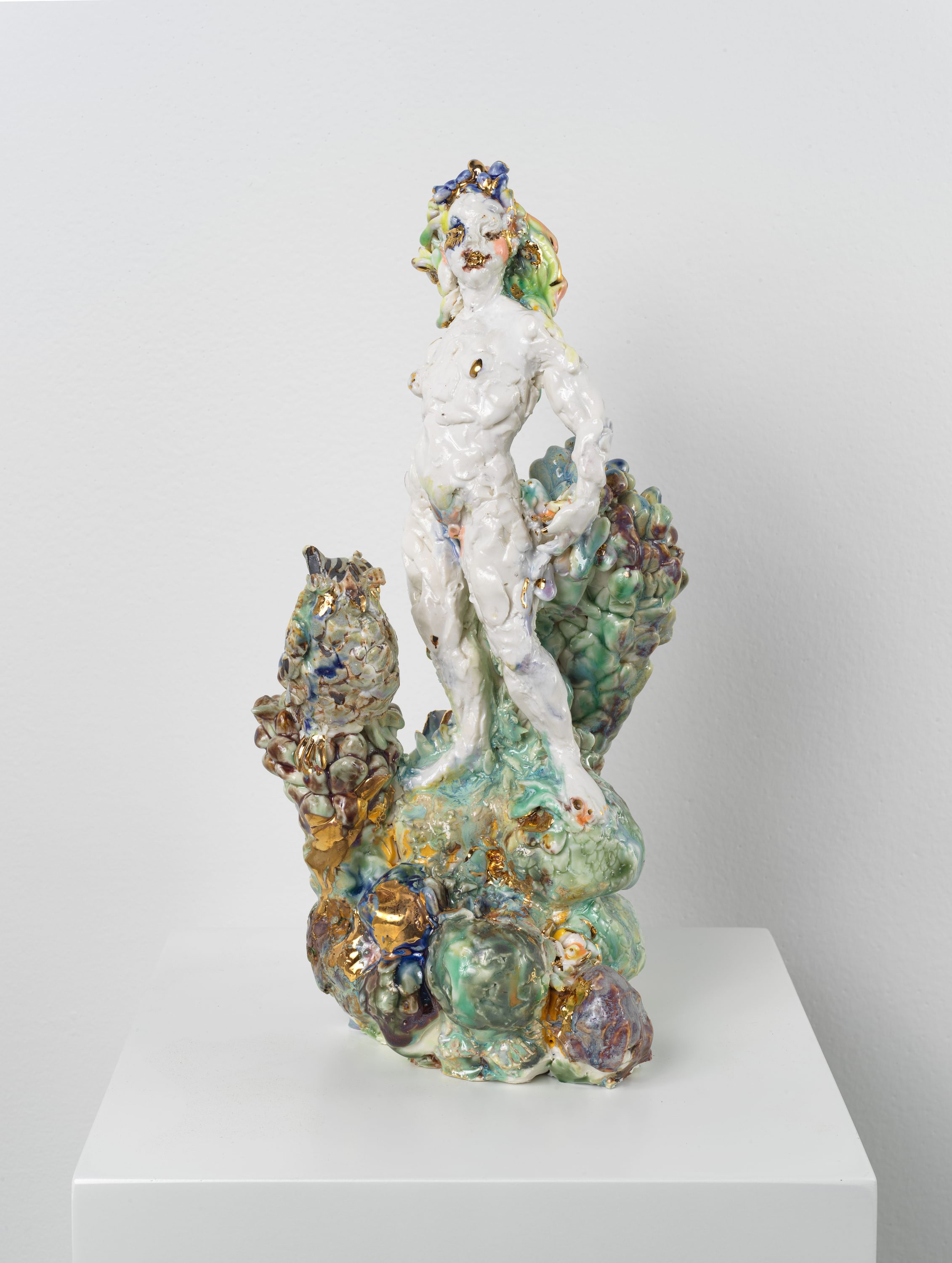
Emma Helle, Woman with Owl, 2019, ceramic (unique), 37 x 20 x 20 cm. Photo by Jeffrey Sturges.
Courtesy the artist and Galerie Forsblom
For many years, we have seen a renewed interest in re-evaluating our histories: looking again at the perceived factuality and meaning of the stories we tell and are told, continuously realising that not everything is as history might have led us to believe. Art history is no exception and has proven problematic in multiple ways, particularly regarding repressive structures that are presented and reproduced uncritically. Yet, these structures and narratives remain and we keep on being fascinated by the old masters of perspective as well as modernists doctrines. Some say we can’t let go of them, but it is more likely that we just don’t want to. They generate blockbuster exhibitions and their stories keep on being retold, reinforcing the mythology that is art history itself. It’s a mythology we’ve been building collectively throughout hundreds of years and—despite how much things have changed—we still rely on these base narratives when valuing and trying to understand new artworks. As helpful an analytical tool this may be, in referring to this mythology we often end up reproducing adverse aspects and criteria that have been established throughout history, failing to reflect the world and challenges we face today.
This, in turn, provides for an exciting subject of engagement. It is appealing to challenge the stories and visualities that are so deeply grounded in our understanding of art and visuality. Throughout the second half of the 20th century, everything was about dismantling, leading to deconstructive and minimalist strategies that redefined how we think of art. But when everything is broken and nothing means anything, what is left? In our recent reinvestigation of history (regarding art as much as culture in general), we are faced with meaning everywhere. The potency of symbols is being recognized again, quickly followed by a wide criticism of their patriarchal and colonial connotations, sometimes even their destruction. We are now presented with the challenge of dealing with an abundance of meanings, critically and in a contemporary context. Emma Helle, Siri Elfag, and Sif Itona Westerberg are three artists that investigate our relationship with Western art dating back to antiquity, over the renaissance, leading up to impressionism. These are periods in art history that form the foundation of artistic education and remain significant to our perception of art to this day.
"We should not only re-evaluate our history but build something new and more sustainable."
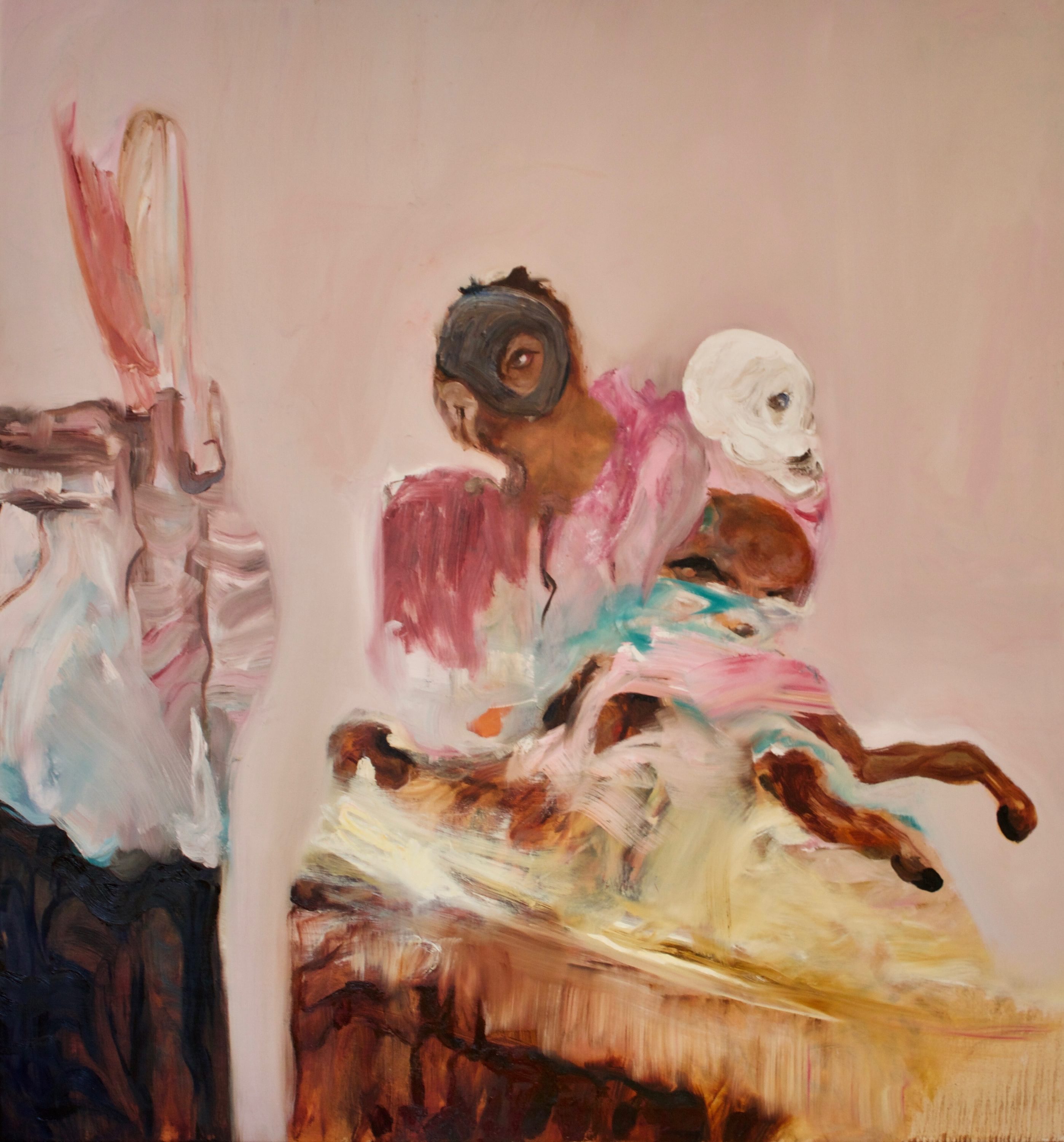
Siri Elfhag, Birthday Cake, 2020, oil on canvas, 180 x 170 cm. Photo by Siri Elfhag.
Courtesy the artist and Andersson/Sandström
Emma Helle utilises ceramics to explore classical figures in a new light. She engages with well-known characters like women and children that have been stereotyped in paintings and sculptures throughout history, often without any speakable agency. In Helle’s work, they are brought into the centre of attention and given a contemporary form and context without abandoning the recognisable characteristics, allowing for a re-evaluation of their position in art as well as society. The characters in her work are supported by flowers, mushrooms, and other botanical motifs, which grow around the figures, embracing and almost swallowing them, in a way that seems more caring than intrusive. As they grow together into a single entity in the work, the difficult relationship between culture and nature becomes apparent. We are accustomed to seeing these types of characters presented in sophisticated and highly stylistic artworks. Our perception is challenged by the wild presence of nature and is emphasised by the visibly hand-moulded clay, which leaves a perceptible trace of the artist and her agency in the work. In Helle’s sculptures, the natural elements of clay and flowers become the key to liberating women and children from their culturally repressive captivity.
Siri Elfhag employs a similar but very different approach on canvas. Focusing on composition and style rather than specific characters, she challenges classic compositions like traditional landscape and portrait paintings with the introduction of natural or even otherworldly elements that both overthrow and undermine the sharp perspectives and detailed representations that such paintings are usually associated with. She replaces depictions of people in the paintings with animals, giving them a radically different, sometimes childish quality. The work has a familiarity, yet avoids immediate categorization and invites for further investigation. Again, nature acts as a way to open up these historic paintings that have become deeply familiar, and helps us reflect on how and why we fundamentally value them. These references are an important aspect, but her paintings are far from just an academic reference to earlier works. Elfhag uses the symbolic language of the natural world to create open narratives that can be interpreted anew with each viewing, as new faces appear in the brushstrokes, or the light of the room reveals an unseen nuance. This allows for continuous engagement with her works and makes them starting points for reconsideration of not only our visual history but also the way that we perceive the natural and mystical in a contemporary, Western world where rationality is the dominant virtue.
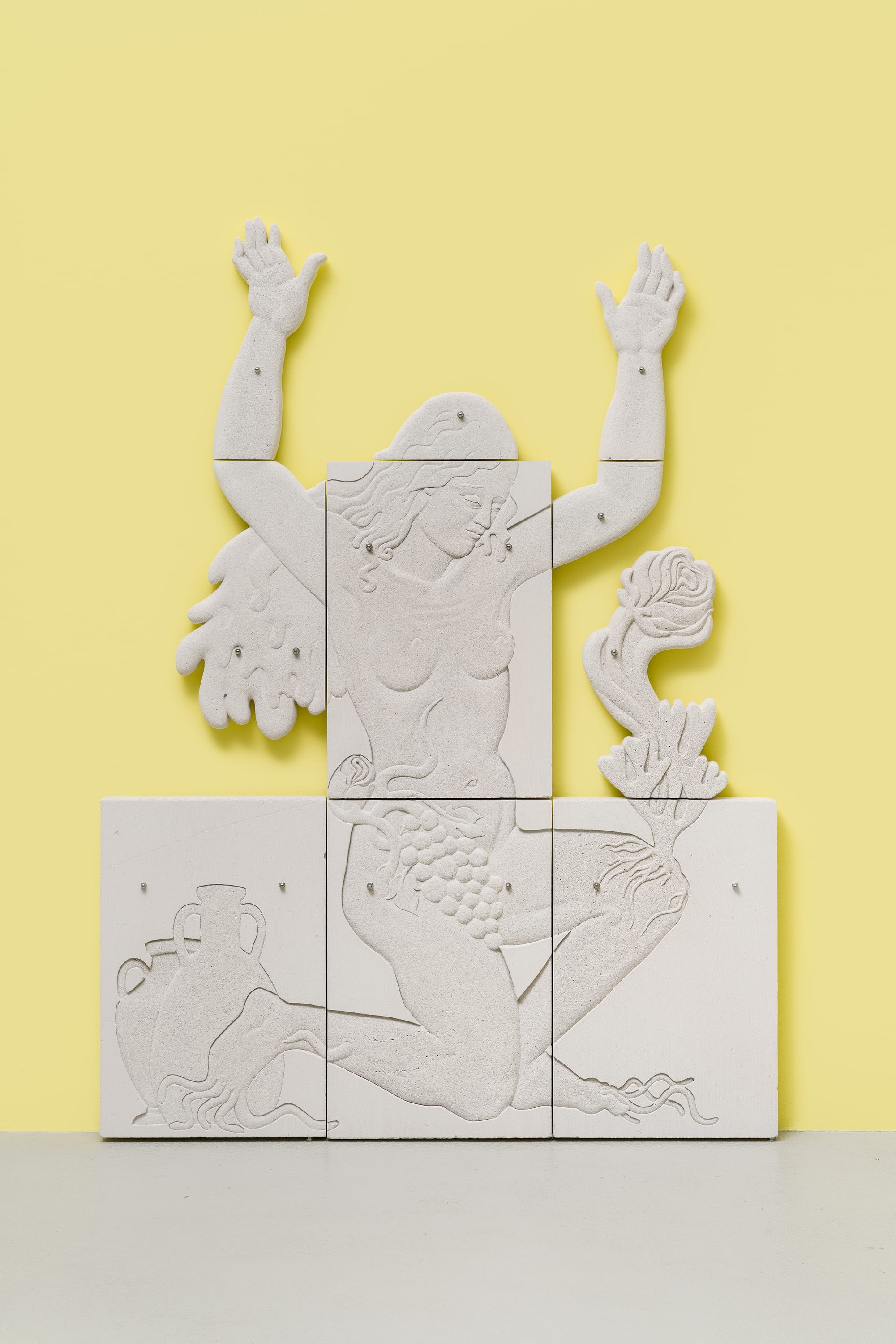
Sif Itona Westerberg, Untitled, 2020, aerated concrete, 165 x 120 x 7 cm. Photo by David Stjernholm.
Courtesy the artist and Gether Contemporary
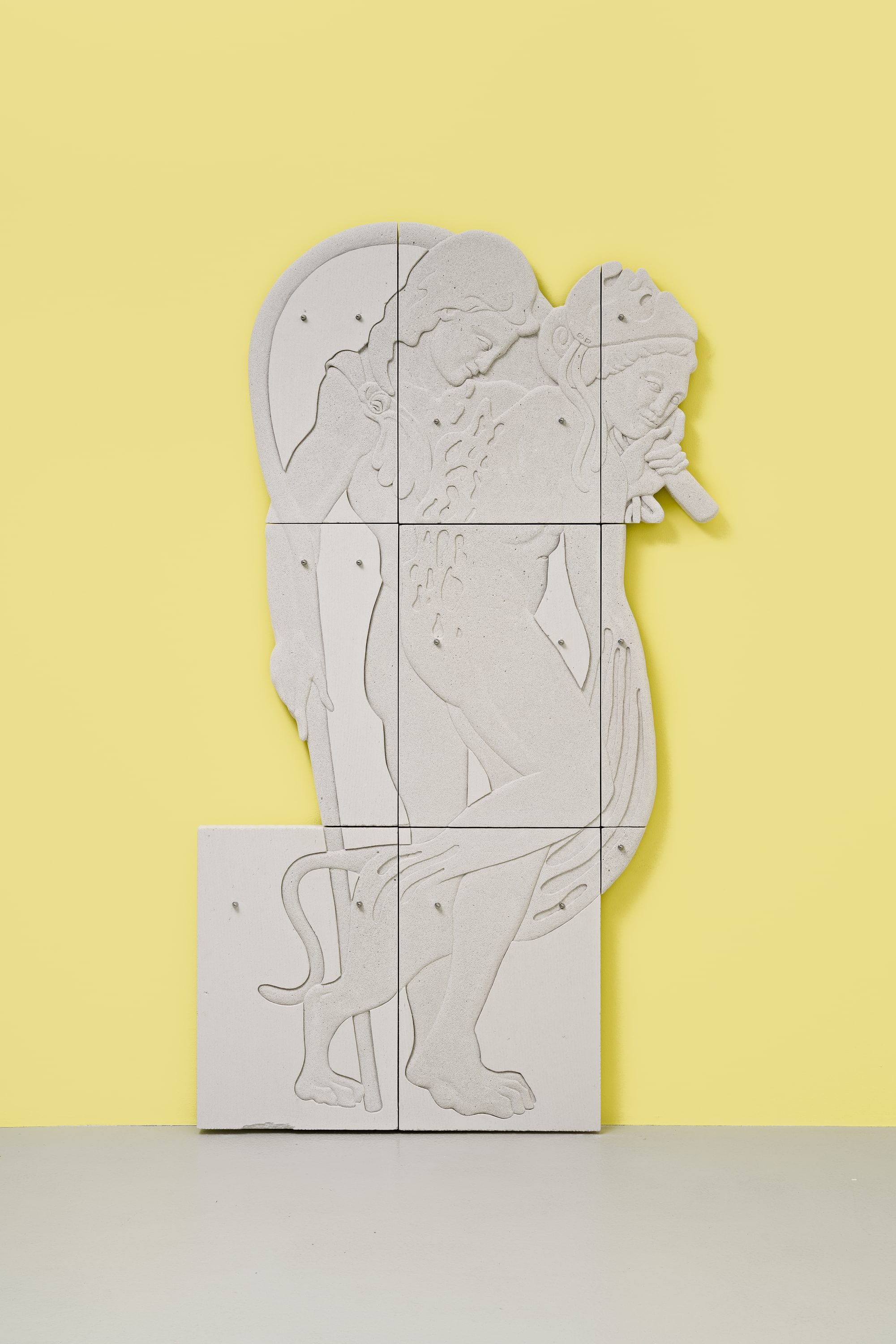
Sif Itona Westerberg, Untitled, 2020, aerated concrete, 182 x 80 x 7 cm. Photo by David Stjernholm.
Courtesy the artist and Gether Contemporary
"It’s a mythology we’ve been building collectively throughout hundreds of years and—despite how much things have changed—we still rely on these base narratives when valuing and trying to understand new artworks."
In this trio of artists, Sif Itona Westerberg seems like the odd one out. Her work employs a classical medium, the relief, yet points forward—towards a near future—and explores the evolution of humans and nature into a new and more symbiotic relationship (rather than the current, destructive one). Her concrete reliefs merge mankind and animals, creating hybrid creatures reminiscent of the centaurs and mermaids associated with fairy tales and mythologies. These creatures seem closer to reality than ever before, with the possibility of genetic manipulation and radical environmental changes that require a previously unseen need for quick adaptation for all species. In a similar manner to Elfhag and Helle, Westerberg’s works examine how the natural world becomes the answer to our contemporary problems. To be able to free ourselves from the overly cultivated world in which we live today, we need to look towards nature and learn from the symbiotic relationships between various species that come together to nurture and protect rather than negate and destroy.
By utilising the art historical foundation as an example and reference, these artists point to the natural world as a possible solution to the harmful way we inhabit our world. Their work argues for a new mythology in which there is a fundamental belief in the values that nature can teach us about care and kinship. It seems futile to keep adhering to the way we live today, as we can observe the injustice and trauma that have been created as a result—and we are facing even more environmental and humanitarian crises in our immediate future. We should not only re-evaluate our history but build something new and more sustainable. Dismantling, as we learned from art history, is an important tool to deal to understand our own history, but it is not a sustainable one, and like Emma Helle, Siri Elfhag, and Sif Itona Westerberg, we should also look towards creating the foundation for something else based on values that aim to preserve.
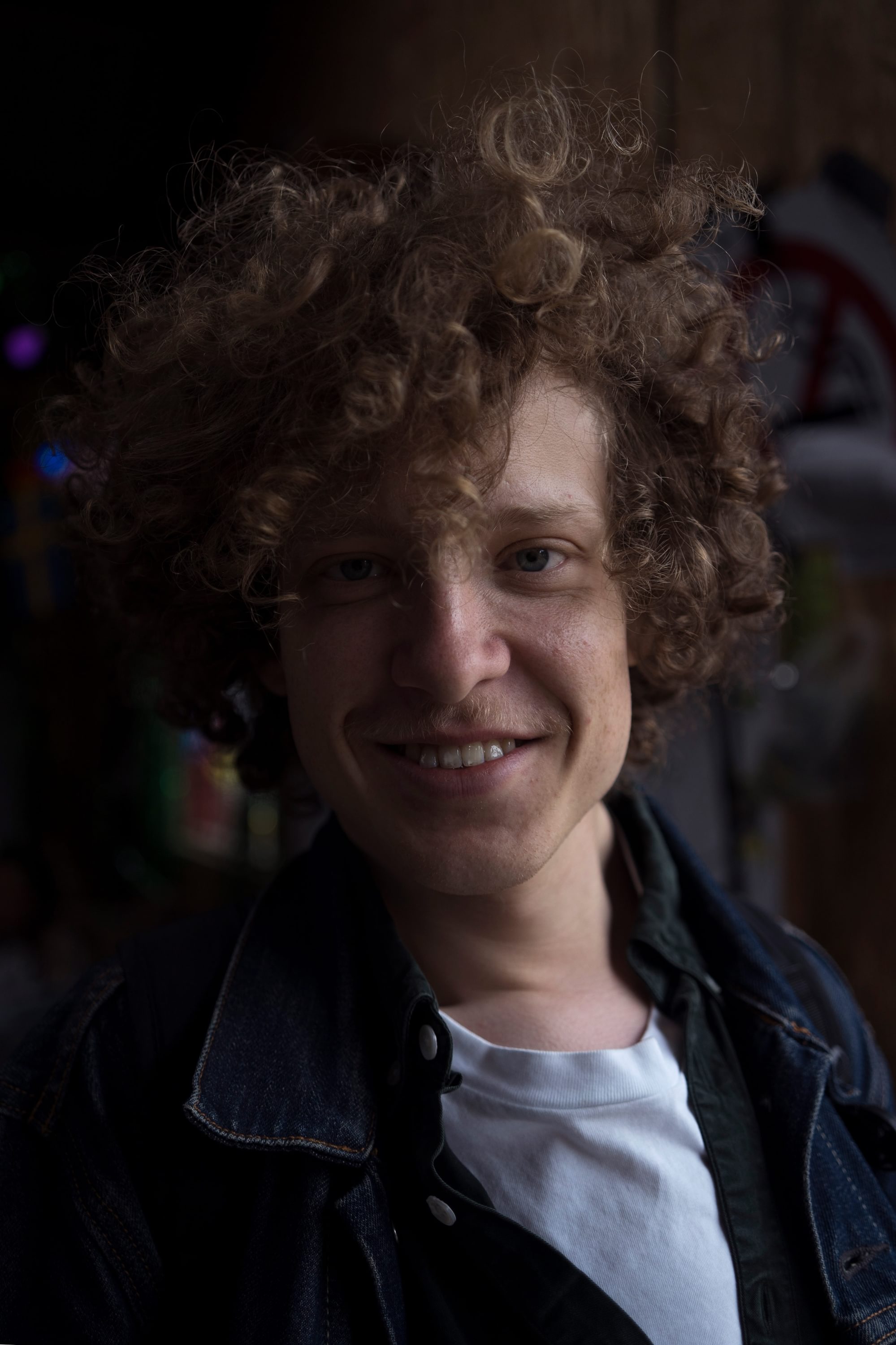
Frederik Rørmann is a Danish art historian living in Copenhagen. He is currently finishing his studies at the University of Copenhagen. He has previously been project coordinator of Alt_Cph 2018 and was part of the curating team of +1 Artist Talks for two years. In 2018 he participated in The Curatorical Thing organised by SixtyEight Art Institute.



